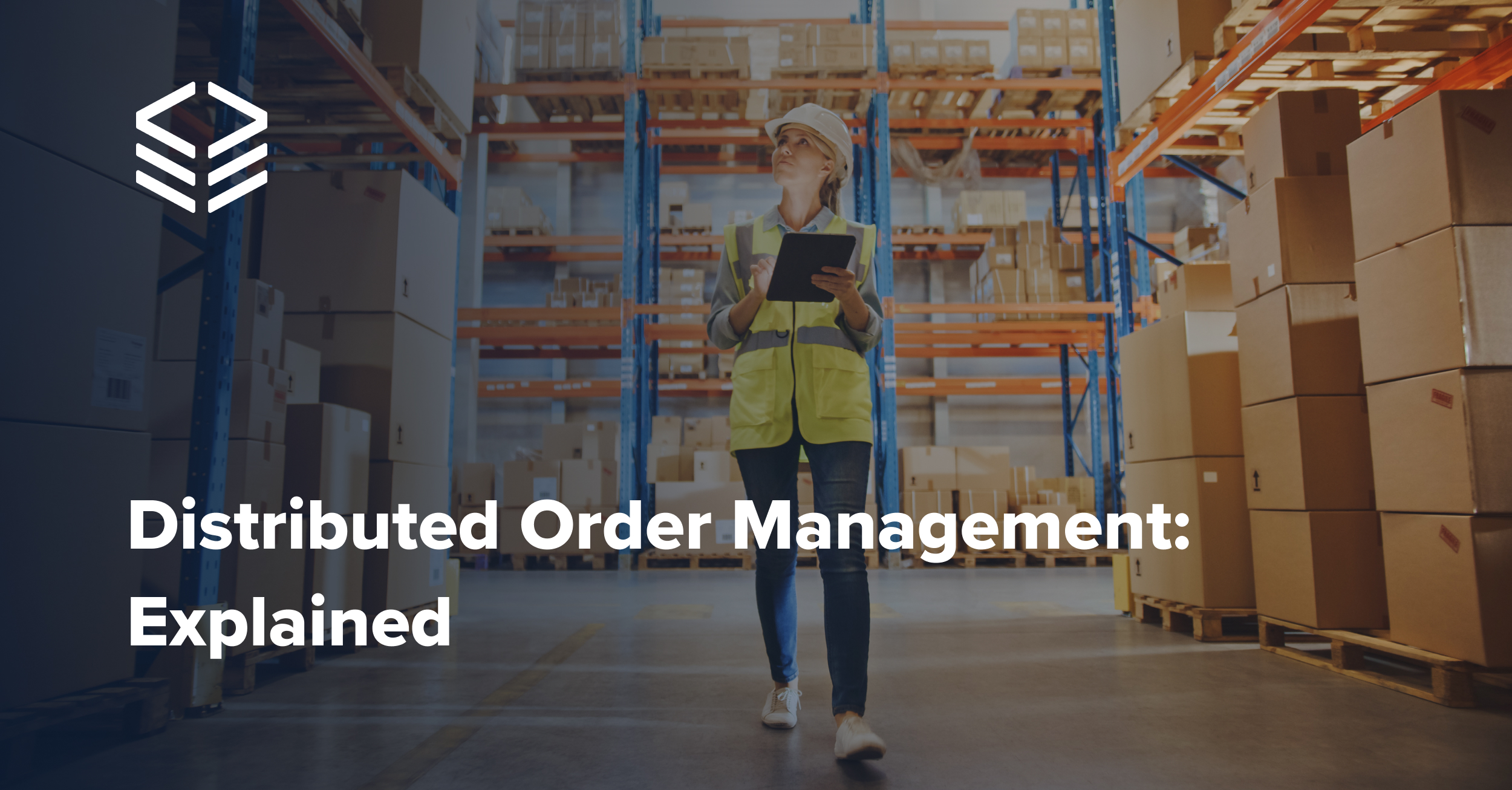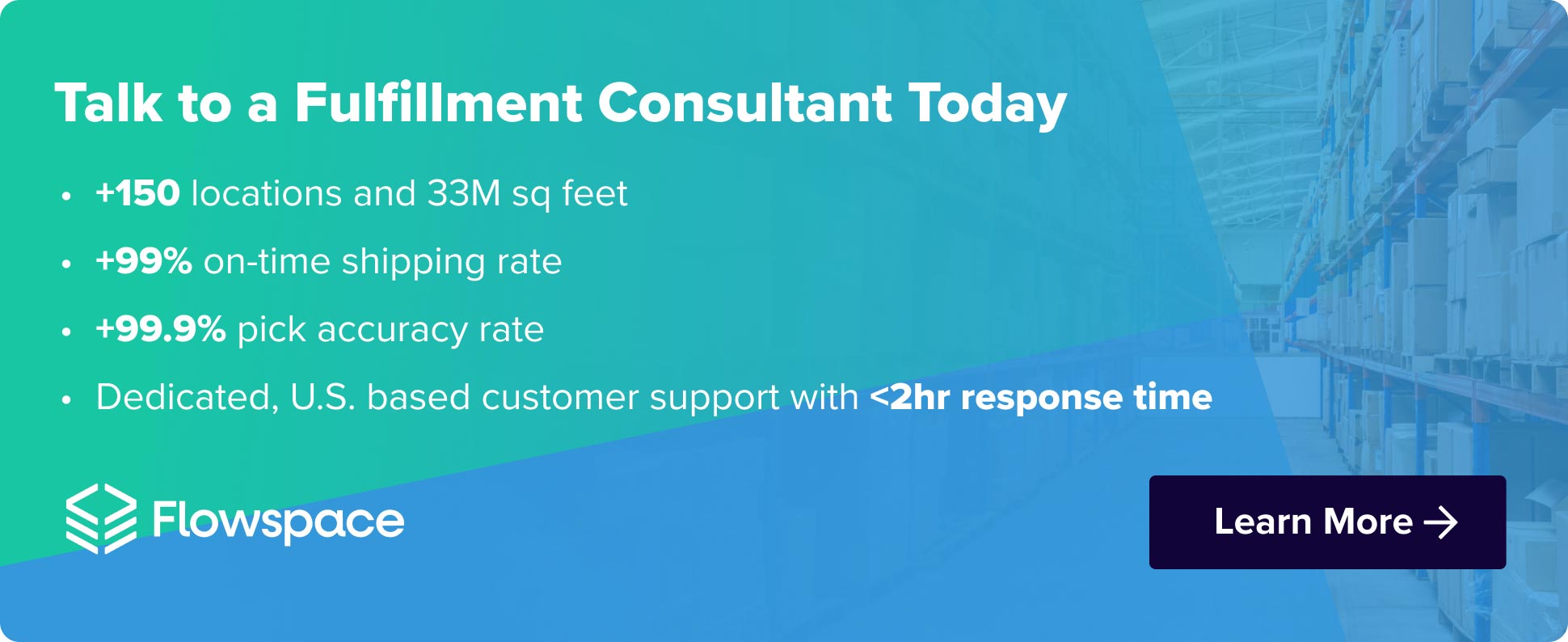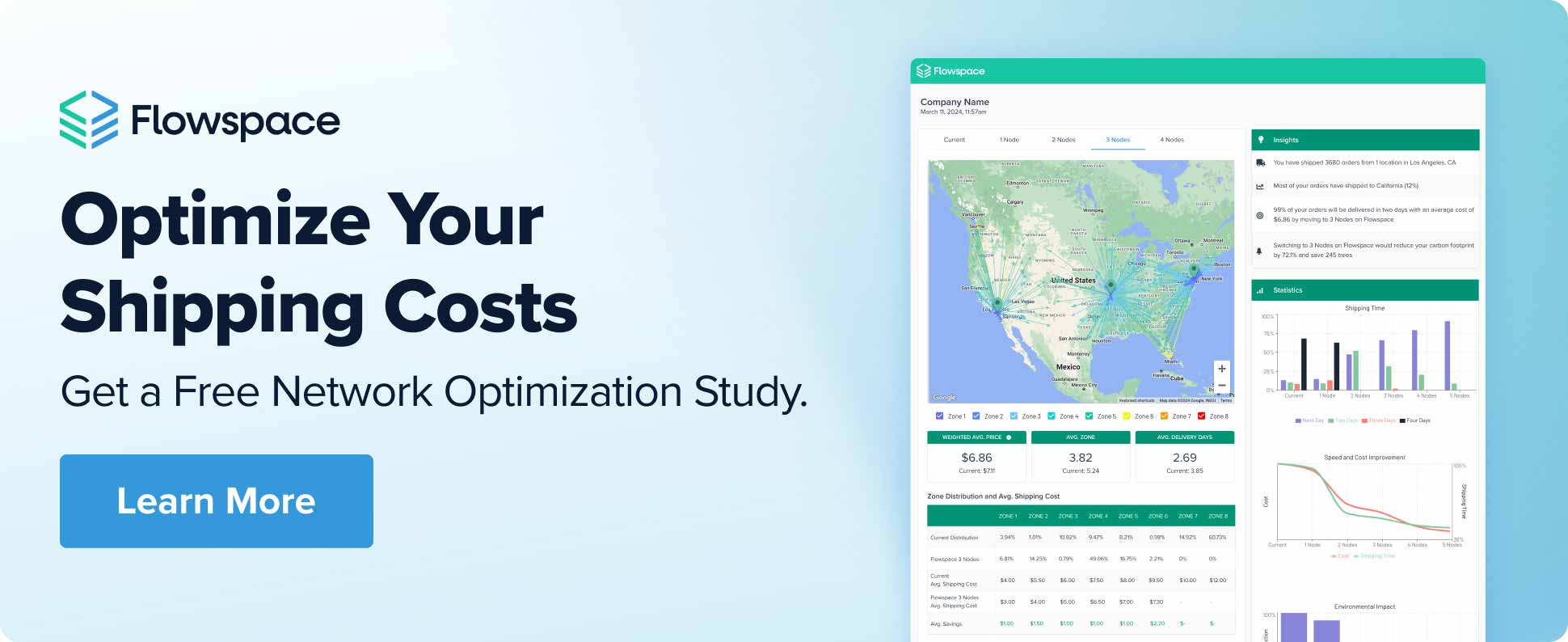
Imagine a frustrated customer who just placed an order on your ecommerce store. They need that new pair of running shoes urgently for an upcoming race. But your fulfillment system fails to deliver.
The shoes they ordered show as in stock online, yet they are unavailable for immediate shipment. Why? Because your inventory isn’t talking to your sales channels. The shoes might be reserved for a brick-and-mortar retail store, leaving your online customer empty-handed.
Disconnected systems create fulfillment chaos, leading to unhappy customers and lost sales. Distributed Order Management (DOM) can be your solution.
What is Distributed Order Management?
Think of DOM as the central nervous system of your ecommerce fulfillment operation. It’s a software solution that provides real-time visibility and control over your entire inventory across multiple warehouses and fulfillment centers. DOM uses intelligent logic to determine the most optimal way to fulfill each order, taking factors like location, inventory availability, shipping costs, and customer delivery preferences into account.
The Role of Distributed Order Management in Modern Ecommerce
By implementing a DOM system, you’re essentially investing in a smarter, more agile fulfillment operation. This translates to increased efficiency, reduced costs, and ultimately, a competitive edge in the ever-growing world of ecommerce.
Meeting Customer Expectations
Customers today expect fast, accurate delivery times, often with multiple fulfillment options. DOM empowers you to fulfill orders faster by identifying the closest fulfillment location with the required inventory level. This translates to quicker delivery times, a key factor in customer satisfaction and loyalty. Additionally, DOM can facilitate omnichannel fulfillment, allowing customers to choose in-store pickup, ship-to-home, or other convenient options.
Enhancing Inventory Visibility Across Channels
DOM provides a single, unified view of your entire inventory level across all locations. This eliminates the risk of overselling and stockouts, ensuring you always have the right products available to meet customer demand. With DOM, you can make informed decisions about inventory allocation and optimize your storage space for maximum efficiency.
Streamlining Order Processing and Fulfillment
DOM automates key tasks within the order fulfillment process. By setting up rules for order routing, picking, and packing, you can significantly reduce manual errors and expedite order processing, leading to faster deliveries and happier customers.
Core Components of a Distributed Order Management System
As we’ve seen, Distributed Order Management (DOM) plays a critical role in meeting customer expectations, enhancing inventory visibility, and streamlining customer order fulfillment. Now, let’s explore the key components that make DOM tick and how they work together to orchestrate a smooth and efficient fulfillment process.
Integration Capabilities with Ecommerce Platforms
A seamless connection between your DOM system and your ecommerce platform is crucial. This allows for real-time order data flow, ensuring all orders placed on your website are automatically captured and managed within the DOM system. No more manual data entry or risk of errors!
Real-Time Inventory Management and Updates
DOM provides real time inventory visibility across all warehouses and fulfillment centers. Stock levels are constantly updated in real-time, eliminating discrepancies and ensuring accurate product availability information on your online store.
Say goodbye to overselling and frustrated customers receiving “out of stock” order status notifications after placing an order.
Order Routing and Fulfillment Optimization
DOM doesn’t just track inventory—it’s the brains behind efficient order fulfillment. Using pre-defined rules and intelligent algorithms, DOM can determine the optimal fulfillment location for each order.
Factors like product availability, proximity to the customer, shipping costs, and even delivery speed preferences can be taken into account. This ensures your orders get picked, packed, and shipped from the most appropriate location, leading to faster deliveries and happier customers.
Benefits of Implementing a Distributed Order Management System
By leveraging the power of a DOM system, you can transform your ecommerce fulfillment operations, leaving the days of frustrated customers and fulfillment chaos behind.
Improved Customer Service and Satisfaction
DOM capabilities empower you to deliver on your customer promises. Faster fulfillment, accurate inventory information, and flexible delivery options all contribute to a more positive customer experience. Happy customers translate to increased loyalty and repeat business.
Increased Efficiency and Cost Savings
DOM automates manual tasks, streamlines order processing, and optimizes fulfillment. This frees up your team to focus on higher-value activities and reduces fulfillment errors. Additionally, efficient inventory allocation and reduced shipping costs can lead to significant cost savings.
Scalability and Flexibility for Growing Brands
As your business grows, your fulfillment needs will evolve. DOM offers the scalability and flexibility to adapt to your changing requirements. Easily integrate new warehouses or fulfillment centers into your system to meet increasing demand and ensure a seamless customer experience throughout your growth journey.
Distributed Order Management Challenges and Solutions
While DOM offers a powerful solution, implementing and utilizing it effectively does come with its own set of challenges. Here’s how to navigate some of the most common hurdles:
Overcoming Integration and Implementation Hurdles
Integrating a DOM system with your existing ecommerce platform and warehouse management systems (WMS) requires careful planning and execution. However, most DOM providers offer robust integration tools and support services to ensure a smooth transition. Be prepared to invest time and resources in the initial setup, but remember, the long-term benefits outweigh the initial investment.
Managing Multi-Channel Fulfillment Complexity
Selling across multiple channels like online marketplaces and brick-and-mortar stores adds a layer of complexity to fulfillment. A robust DOM system will provide the tools to manage inventory allocation across all channels, ensuring you never oversell an item. Additionally, DOM can facilitate omnichannel fulfillment options like buy-online-pickup-in-store (BOPIS), giving your customers the flexibility they crave.
Adapting to Changing Consumer Demands and Market Trends
Consumer expectations and market trends are constantly evolving.A scalable DOM system allows you to adapt quickly.For example, if same-day delivery becomes the new standard, your DOM system should be able to integrate with on-demand delivery services to meet those customer needs.
Choosing the Right Distributed Order Management System for Your Ecommerce Business
With a variety of DOM capabilities and solutions available, selecting the perfect one for your unique ecommerce business can feel overwhelming. This section will equip you with the knowledge and tools to navigate the selection process with confidence. By understanding the key features to look for in a DOM system, effectively evaluating vendors, and implementing best practices, you can unlock the full potential of DOM.
Learn more: The Best Order Management Systems for Ecommerce
Key Features to Look for in a Solution
- Seamless Integration: Ensure the DOM system integrates flawlessly with your existing ecommerce platform and other relevant business systems.
- Real-Time Inventory Management: Accurate and up-to-date inventory visibility across all locations is essential.
- Order Routing and Fulfillment Optimization: The system should intelligently route orders based on factors like location, inventory, and customer preferences.
- Scalability and Flexibility: Choose a system that can grow with your business and adapt to changing needs.
- Reporting and Analytics: Robust reporting tools provide insights into your fulfillment performance and help you identify areas for improvement.
Evaluating Vendors: A Checklist
- Industry Experience: Look for a vendor with a strong track record in ecommerce fulfillment and a deep understanding of your industry’s specific needs.
- Scalability and Support: Ensure the vendor offers a solution that can scale with your growth and provides ongoing support and training.
- Security and Compliance: Data security is paramount. Choose a vendor with robust security measures and compliance with relevant industry regulations.
- Customer Reviews and Case Studies: Read customer reviews and case studies to understand how other businesses have benefited from the vendor’s DOM solution.
Implementation Tips and Best Practices
- Clearly Define Your Needs: Before embarking on your DOM journey, clearly define your fulfillment goals and identify areas for improvement. This will guide your selection process and ensure the chosen solution aligns with your business objectives.
- Data Cleansing and Preparation: Accurate and clean data is essential for optimal DOM performance. Invest time in cleansing and preparing your inventory and order data before implementation.
- Change Management and User Training: Implementing DOM might involve a shift in workflows for your fulfillment teams. Invest in comprehensive user training and effective change management to ensure a smooth transition.
Flowspace’s Role in Distributed Order Management
Flowspace’s OmniFlow software seamlessly integrates with your online store and marketplaces, providing real-time inventory visibility across all Flowspace fulfillment centers and sales channels. This eliminates the siloed inventory issues that plague many businesses, ensuring you can always fulfill customer orders quickly and efficiently.
Offer your customers the flexibility they crave with options like in-store pickup, same-day delivery, and expedited shipping. OmniFlow software intelligently routes orders to the optimal fulfillment location for each channel, ensuring a seamless experience regardless of where the purchase is made.
No two businesses are alike. Flowspace understands this, and our solutions are designed to adapt to your specific needs. We offer a variety of features and functionalities to ensure your fulfillment strategy aligns perfectly with your brand identity and customer expectations.
Don’t settle for disconnected fulfillment that frustrates customers and hinders your growth. Get in touch with Flowspace today!
For more information on improving your business, check out these blogs on virtual warehousing, dynamic slotting and finished goods inventory.








